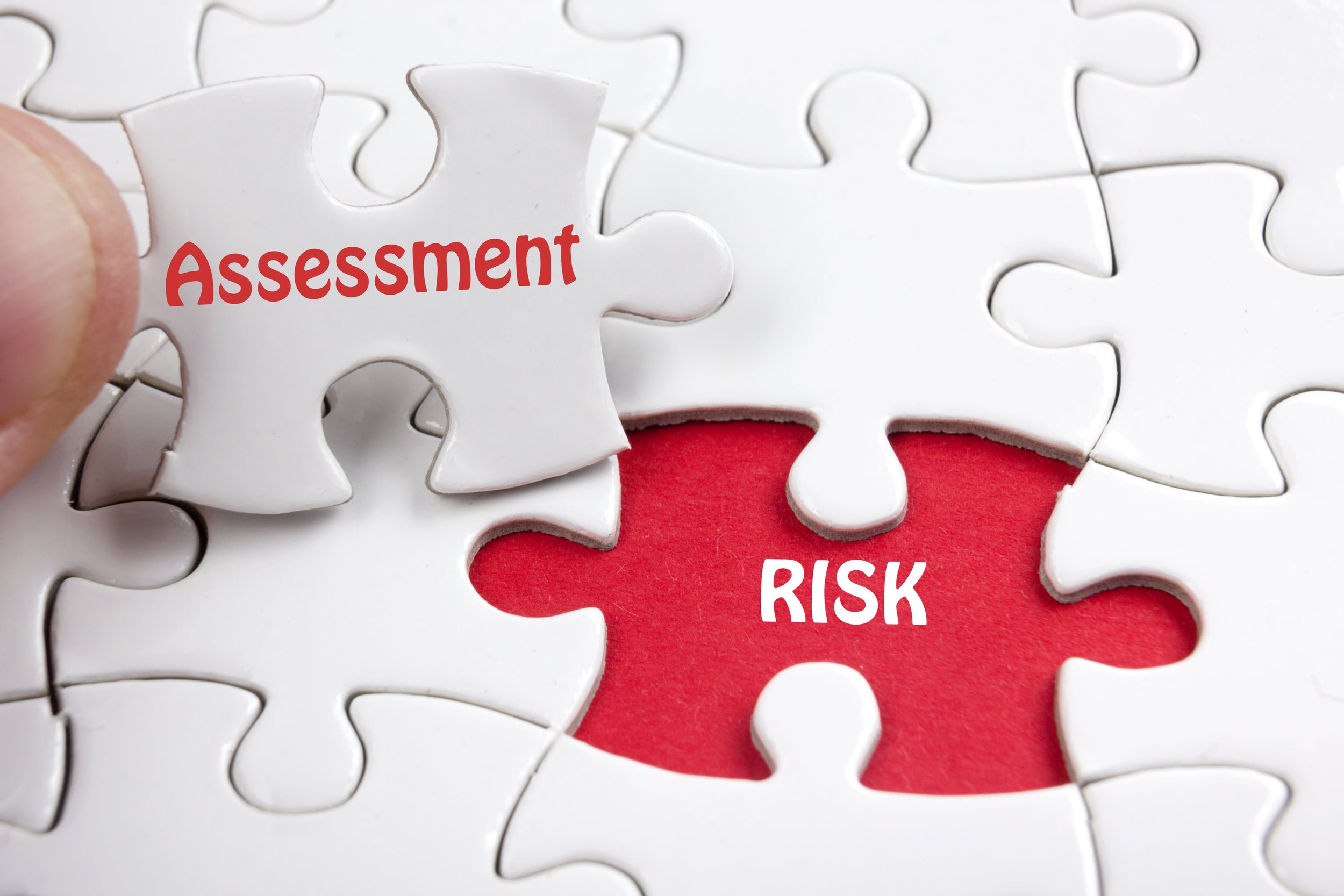It’s been over 25 years since the school shooting at Columbine High School, an event that shocked the conscience of the nation and sparked the national debate on gun violence in schools. But what have we learned in those 25+ years? Since the Columbine massacre in April 1999, there have been an estimated 2,311 school shootings. (1)
Around the nation, school threat assessment protocols have been put in place to evaluate risks and prevent the next tragedy. A threat assessment involves evaluation and classification of the threat (i.e., transient versus substantive) and following up with an appropriate response and intervention, including notifying parents and creating a written safety plan.
But even with the directives aimed at calculating and measuring the level of risk posed by a given statement or incident, in the first 3 months of 2024 alone, there were 77 incidents of school shootings in the United States. (2) “Prevention is the missing piece after every attack,” said Ohio Attorney General Dave Yost. “And the safety of children across our state depends on us plugging that gap.” To address that gap, Yost’s team created the Ohio School Threat Assessment Training, a combination of best practices from leading school-safety experts, including the U.S. Secret Service National Threat Assessment Center. The training envisions a team approach, engaging community members, such as police officers and mental-health advocates, to prevent targeted violence and get help for troubled students.
Ohio House Bill 123 went into effect in March 2023, establishing the Safety and Violence Education Students (SAVE Students) Act, providing directives and protections for school safety and youth suicide awareness education and training. Every Ohio school district must now assemble a threat assessment team for each school serving grades 6 – 12, in the district. The SAVE Students Act also require school threat assessment teams to complete, upon appointment to a threat assessment team and once every three years thereafter, one of several approved training programs. These programs are offered free or of no cost to schools. These programs adhere to evidence-based standards and curriculum requirements, providing instruction in (1) identifying behaviors, signs, and threats that may lead to a violent act; (2) determining the seriousness of a threat; and (3) developing intervention plans that protect the potential victims and address the underlying problem or conflict that initiated the behavior and assessments of plan results.
When faced with a threat of violence against a school, staff or students, the team should follow some basic guiding principles:
Treat all threats seriously.
Investigate the incident promptly and efficiently.
Use support staff and external resources as a part of a multidisciplinary threat assessment team to evaluate threats.
Take appropriate disciplinary and criminal enforcement steps.
Document the threats and actions taken.
Enhance security measures, as appropriate, to ensure the safety of all students, staff, and facilities.
Following the SAVE Students Act directives ensures consistency and thoroughness in evaluating and responding to threats. Unfortunately, schools in Ohio have different approaches to threat assessments when faced with statements or actions that are perceived as threats. Some Districts follow the mandates of nationally accredited programs, putting many hours into investigating and evaluating every single threat, and creating a thoughtful response aimed at identifying true threats and supporting students. Other schools are less detail oriented in their investigation, and less consistent in their approaches to threat assessments. Such informality leads to more students facing discipline (and potential criminal charges) for threats that may not present the requisite risk of violence or cause for alarm.
Our schools would be safer and our students more supported if every school district undertook a consistent approach, based on the directives outlined in the Ohio School Threat Assessment Training Guide and Reference Manual.
1. All shootings at schools includes when a gun is brandished, is fired, or a bullet hits school property for any reason, regardless of the number of victims, time, or day of the week. Naval Postgraduate School’s K-12 School Shooting Database, Riedman, David (2023). K-12 School Shooting Database.
2. The United States government Office of Government Accountability maintains records evaluating the characteristics of school violence, relying on the Naval Postgraduate School’s K-12 School Shooting Database, Riedman, David (2023). K-12 School Shooting Database.
Written by attorney Ruth Pack-Adler at Abdnour Weiker, LLP



